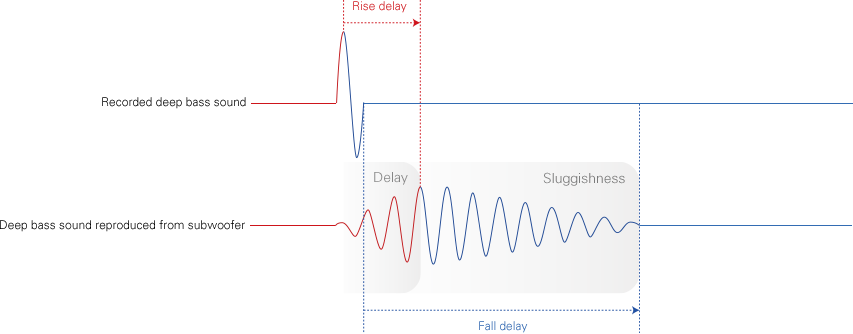No, that has nothing to do with my question, sorry. I also don't 100% believe those results, as others have said, those tests were conducted before we could use convolution filters to get fully time-aligned responses.
What I'm asking is whether the system needs the ability to reproduce (say) 20hz to reproduce a true transient signal. A theoretical dirac-function transient includes all frequencies, like white noise but all at the same time. If you look at a spectrogram of a transient, it looks like a vertical line across the full bandwidth. In real life with a physical transducer, what is the effect of (presence of lack of) low bass on fast transients?
If you think about the effect on sound you get from filtering an impulse click and then listening to it, lack of bass is audible even if the signal only lasts 0.1ms. So to jump to my conclusion here, I think the idea that "you don't need subs for music" is wrong, because if your music includes any percussion, you need bass to reproduce the clicks.
That said, intuitively, if a subwoofer is only playing for 0.1ms, it's not low frequency at all, and therefore... what is the role of the sub and what IS the audible difference in playing a click, in a system with sub vs. no sub? I'd bet money there is one, but I am not sure what the difference in output looks like exactly.

